北京 Beijing:
The capital of the People’s Republic of China and China’s second largest city, Beijing is a metropolis of more than 20 million people and covers about 800 square miles of land. With the exception of a brief period in the early twentieth century, Beijing has been China’s political, cultural, linguistic, business, and educational center since the 12th century CE.
While the grip and control Beijing has historically exerted on the country is lessening, Beijing remains the epicenter of the People’s Republic. In a centrally planned country, Beijing is the center.
Shavon and I (Colin) will call Beijing home for the next two months. We will be reporting on our work, planning observations, and will sprinkle in some anecdotes about daily life in the capital. Using the word properly, Beijing is awesome.
We live in a pleasant hotel in the Haidan District to the northwest of the Forbidden City. The CAUPD offices are a 10 minute walk from the hotel. Buses pass in front of the hotel most hours of the day, making connections to the subway lines nearby. A most excellent traditional Beijing noodle house is a few minutes down the street and we have made quick friends with the nearby convenience store owner. My position is with the Urban & Rural Planning Department (also known as the Countryside Planning Institute, a name I prefer) and Shavon will be working with the Water System Services Department. Please read on if you want a more detailed introduction; we’ll be delving into social, transportation, economic, air and water quality, housing, and food details soon!
Population comparison…
City of Beijing: about 20.2 million
City of Portland: almost 600,000
City of New York: about 8.3 million
City of Los Angeles: about 3.8 million
A brief history:
This image and many other historical images of Beijing found here.
Beijing is steeped in a rich history that modern reconstruction and blockbusting cannot destroy. While archaeologists have found evidence of settlements dating back to the neolithic period, today’s Beijing is the outgrowth of the walled city of Ji. Built in the 11th century BCE, Ji served as capital to the State of Ji and State of Yan. Overtime, through fire and war, and across successive dynasties the city grew and transformed. Each rebuilding slowly shifted the city center toward today’s epicenter, the Forbidden City and Tiananmen Square. Beijing, Mandarin for “northern capital”, has undergone constant change as it has grown.
The vast majority of the city’s growth has occurred from the middle of the twentieth century through today. Maoist socialist leaders, advised by Soviet planners, built massive thoroughfares appropriate for mass military movement. These roads created super-blocks that contained snarled pathways and alleys through the blocks. Communal apartment blocks where rapidly built throughout the city. Soon, tall apartment tower rose from the middle of the blocks. With the growth of the Chinese economy and booming factories, large commercial buildings reached toward the sky. A modern metropolis was born.
The people:
The people of Beijing come from all over the country and all over the world. The best and the brightest students and graduates come from across the country to work in the main offices of private firms and in government positions. Quality of life for those living in Beijing covers a massive range from the very poor to the super rich, often living in close proximity.
The economy is largely driven by the capital’s many government offices and work in the business sector. Since the 1950s the government has heavily invested in factories and industrial work in Beijing. The modernization of the Shihchingshan Iron and Steel Works by the government helped to drive the development of the entire country; today, the factory remains one of the country’s largest steelmaking facilities. Beijing is China’s second largest industrial areas after Shanghai and is a leading producer of the world’s heavy machinery, textiles, and petrochemicals. Service and support work and the informal sector also compose a large part of the city’s economy.
Spatial development:
Simply, development in Beijing can be seen in three waves: First, the imperial capital which revolved around the Forbidden City and was contained within the city walls. This long period revolved around the imperial court and protection of the empire(s). Second, the modern period that resulted in the bulldozing and rebuilding of much of the city directed by Maoist socialist ideals. This period created mega-blocks and multi-lane arterials. Most recently, Beijing as a globalized metropolis; one of the world’s great cities.
These totalizing epochs rob the observer of the fluidity and unrelenting change that has happened at varying rates throughout the city’s history. This development has created a rich tapestry of urban forms. The many parallel developments of the city may be observed within each mega-block that is bristling with small brick siheyuan, traditional shared courtyard houses, surrounded by nondescript communist apartment blocks with large apartment towers looming overhead. Parallel to the maddening mega-artierials run hutong, alleyways that bristle with activity.
Though the bulldozers have already ‘got there,’ this is a quick look at what the folds in Beijing’s many layers of development hold. This article illustrates what some of these changes mean for Beijing’s density now and looking forward.
Transportation:
This type of interchange is found throughout the city. As are thousands of miles of small alleyways. This image is from the Chinese government’s English-language transportation site, China Travel.
This author’s attention is often drawn to transportation issues. In the weeks to come, this blog will be peppered with a number of transportation planning posts, so I won’t delve too deep into the topic here. Suffice to say that a city this huge, this dense, and growing this quickly will have some interesting transportation problems and quite a few innovative solutions.
Briefly, Beijingers move around their city by any means possible. While the bicycle mode share used to be more than 60% of all trips, the personal automobile is rapidly – wildly – gaining favor. In an attempt to combat the resultant traffic congestion that snarls the city everyday, Beijing is rapidly adding new public transportation options including Bus Rapid Transit, new subway lines, and improved busways. Bicycles remain an important part of the city’s transportation system, cyclists often have a separate 12-foot lane that is sometimes shared with car parking as detailed so expertly here. Electric bikes, scooters, and motorcycles are found everywhere in the city. The quiet whir of their motors is often punctuated by a piercing beep to put wayward pedestrians on notice.
Some locals call Beijing Tan Da Bing, or, Spreading Pancake as growth spreads past the 6th Ring Road. The Ring Roads are congested most hours of the day yet the demand for new automobiles to further clog these roads remains incredibly high. More on many of these transportation topics forthcoming! Stay tuned…
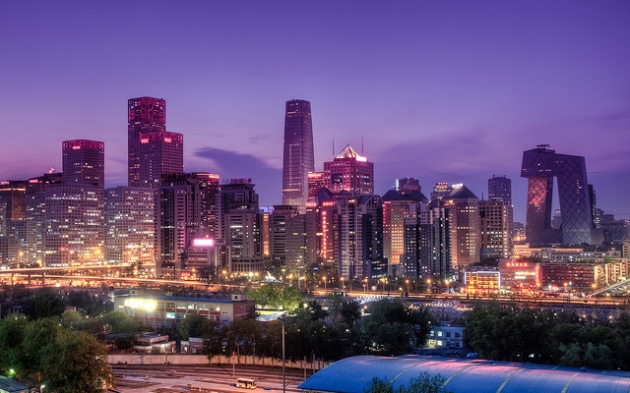
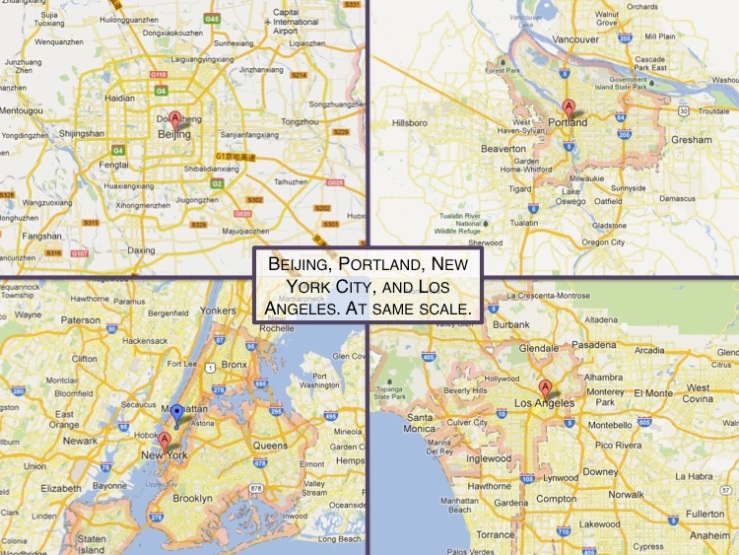
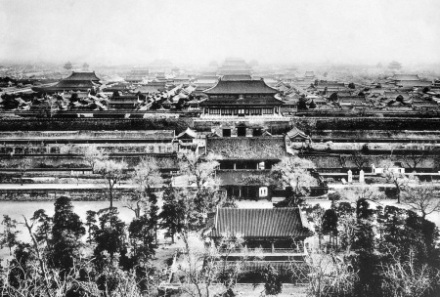
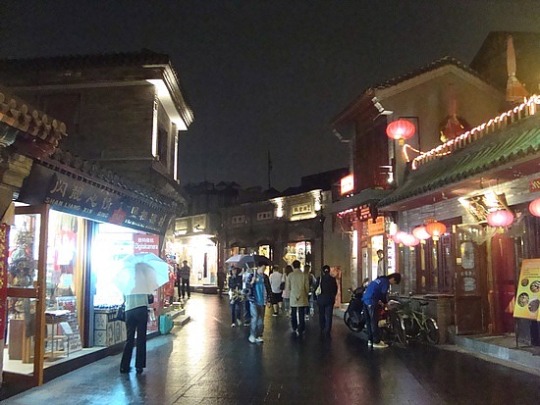
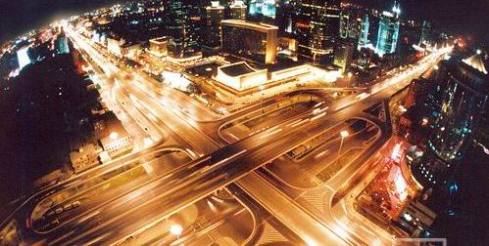
I am always interested in hearing how Asian metropolis cities look and feel like in juxtaposition to American cities. Can’t wait to hear more from y’all.
LikeLike
Great post Colin. I’m interested in your population counts. Are those all city counts as opposed to metropolitan areas? Chongqing (city) is at around the 6 million mark, but has 31 million people within the municipal boundaries where growth is happening faster than in any other city in the nation.
LikeLike
Hey Derek, for Beijing it seems that the city fills the municipal boundary. Nearby Tianjin has about 4M people living in the urban area but 12.9M living in the municipality. Both municipalities are nested in Heiei Province. The municipalities of Beijing and Tianjin got so big they were removed from Hebei Provincial oversight. The population is dizzying when you add Beijing (20.2 M), Tianjin (12.9M), and Hebei Province (71.8 M), making about 105 Million people living in close proximity.
LikeLike